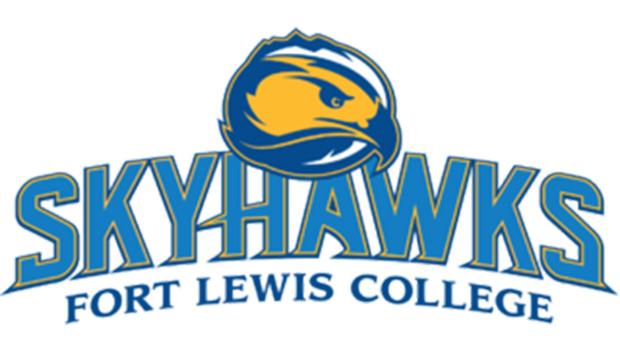
Maddy Shoemaker - 6th overall, Nike Twighlight Girls Large School Open Division (2019)
We All Dream Big in the Beginning
When we are really young and beginning our athletic-career journey, many of us see ourselves one day making the Olympics or becoming a professional athlete. As we enter our middle school years, many of us see that there are kids who are just plain better than us or at a completely different level than nearly everyone else on the court, field, or track. In our high school careers, copious amounts of us realize competing in track and field for the likes of the Oregons, Floridas or LSUs of the world are really just a pipe-dream now. Does this mean your track and field career needs to stop after your senior year because you're not one of the best track and field athletes in the country? Of course not! But as I've lived and coached in Arizona for nearly 15 years now, I've seen many quite capable athletes simply miss out on the college athletic experience because they simply didn't know how the process of college athletics work. And while this article isn't going to delve into too deep how to get recruited when you're not a D1-level athlete (for there are countless articles and websites on this topic), we will give a broad overview of the lay of the land of non-D1 athletic opportunities and spotlight athletes in Arizona who are going to be competing for a college or university next year, who are not the "stars" of the Arizona high school track and field family.
Collegiate Athletic Bodies and Schools
NCAA
The National Collegiate Athletic Association is the largest collegiate athletic body in the country. When you watch March Madness, College Football Championships or the NCAA Track & Field Championships you are watching Division-I athletes and teams. In the NCAA there are 350 Division-I schools, which have some or all of the sports student-athletes can compete in. Also within the NCAA, there are two other divisions: Division-II and Division-III. The biggest difference from Division-I schools and Division-II is that D-I institutions are usually larger and have more sports funding and teams than D-II. D-II schools do still give out athletic scholarships. D-III schools are usually, on average, smaller than D-II and D-I and have fewer sports funding dollars as well. Moreover, D-III schools don't give out athletic scholarships. While on average, athletes at Division-I schools are usually more athletic and faster than their D-II or D-III counterparts.
Number of NCAA Schools by Division
- D-I: 350 schools
- D-II: 310 schools
- D-III: 438 schools
This is David Ribich who ran for an NCAA Division-2 program, Western Oregon University until 2017. He is now sponsored by Brooks and qualified for the Olympic Trials this year.
NAIA
The National Association of Intercollegiate Athletics is the athletic governing body of small athletics programs. There are over 60,000 athletes at the NAIA level with more than 250 schools in Division I and II. NAIA athletes are comparable to NCAA D-2 athletes, generally. NAIA schools do offer athletic scholarships as well.
NJCAA
The National Junior College Association is the athletic body overseeing all junior college and community college sports. There are three divisions in the NJCAA (I, II, and III). Div I schools can offer full athletic scholarships, while Div III cannot. These are only two-year programs, with the hopes of moving on to a 4-year college. NJCAA competition is on par with NCAA Division-II on average. There are about 525 NJCAA schools across the nation.
Why Compete in College?
Just because you're not the best on your team or in the state, doesn't mean you shouldn't want to compete for more after graduation. If you love the sport of track & field then I would wholly recommend you look for the best path for you. While there isn't as much glitz-and-glamour at non-NCAA Division-1 schools, there is still some travel, an opportunity to make it to your division's national meet and bond with like-minded and driven people like yourself. Plus, from a pragmatic standpoint, it may save you and your family a little money if you can get an athletic scholarship from one of these other schools. Moreover, by being one of a coaches' top recruits at nearly any collegiate level can help you, sometimes, get admitted to a better academic school because of your athletic success.
Maddy Shoemaker
Maddy Shoemaker is a senior at Desert Vista High School. For complete transparency, I have known Maddy since she's been 10 years old, where she ran for my club team, Phoenix Flyers. I think she's a terrific kid and thought her story may resonate with a lot of other non-D-1 level athletes out there in Arizona.

Next AZ Feature Athlete
We will be featuring Tatum Jelleberg from Skyline on Sunday with his answers to these same questions and find out what his journey was in finding a good collegiate fit for him.
With the time we all have now at home, I would greatly encourage many of you juniors who aren't the top-level of the track and field talent-pool to start planning now on what schools you may wish to reach out to this spring, summer and early fall. If you love this sport, there is a spot for you somewhere - you just need to find it.